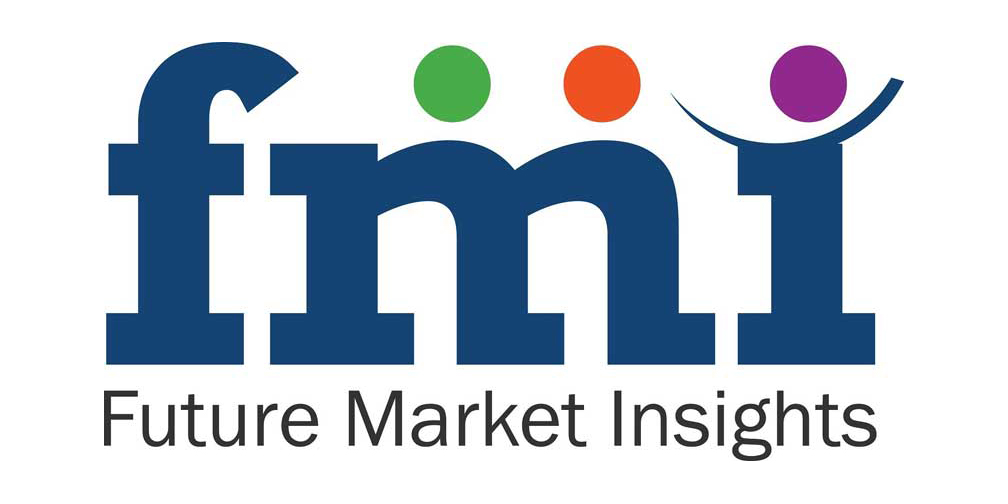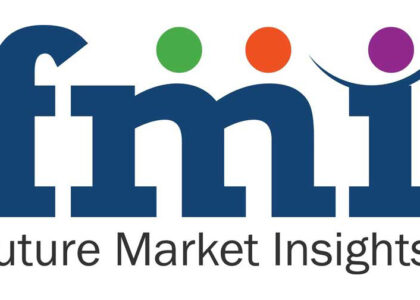The global anti-soiling coating market is experiencing robust growth, with its value estimated at USD 879 million in 2023. According to recent market research, this sector is projected to expand significantly, reaching USD 1,576 million by 2033. This impressive growth is anticipated to occur at a compound annual growth rate (CAGR) of 6.01% from 2024 to 2034, underscoring the rising demand and the transformative impact of advanced anti-soiling technologies.
Understanding the Anti-Soiling Coating
Anti-soiling coatings are specialized formulations designed to prevent the accumulation of dirt, dust, and other contaminants on surfaces. These coatings enhance the longevity and aesthetic appeal of various materials by minimizing the need for frequent cleaning and maintenance. By creating a protective layer, anti-soiling coatings reduce the adhesion of pollutants, making surfaces easier to clean and maintain.
Anti-Soiling Coating Value and Growth Projections
The anti-soiling coating market is on an upward trajectory, with its valuation poised to almost double over the next decade. Starting at USD 879 million in 2023, the market is expected to grow to USD 1,576 million by 2033. This growth trajectory reflects the increasing adoption of anti-soiling coatings across multiple industries, driven by the need for durable, easy-to-clean surfaces that maintain their appearance and functionality over time.
Prominent Drivers of the Anti-Soiling Coating
Several factors are contributing to the significant growth of the anti-soiling coating market:
- Technological Advancements: Innovations in anti-soiling coating technologies are enhancing performance and expanding application possibilities. New formulations with improved hydrophobic and oleophobic properties are being developed, offering superior protection against a wider range of contaminants.
- Growing Demand in Construction and Automotive Industries: The construction and automotive sectors are major consumers of anti-soiling coatings. In construction, these coatings are used on building facades, windows, and other surfaces to maintain aesthetic appeal and reduce maintenance costs. In the automotive industry, anti-soiling coatings are applied to vehicle exteriors and interiors to protect against dirt and environmental damage.
- Increased Consumer Awareness: As consumers become more conscious of cleanliness and maintenance, the demand for easy-to-clean and durable surfaces is rising. This trend is driving the adoption of anti-soiling coatings in residential, commercial, and industrial applications.
- Urbanization and Infrastructure Development: Rapid urbanization and infrastructure development, particularly in emerging economies, are creating a heightened demand for anti-soiling coatings. These coatings are increasingly used in high-traffic areas and public spaces to maintain cleanliness and appearance.
To Gain More Insights about this Research, Visit!
Challenges Faced by the Anti-Soiling Coating
Despite the positive growth outlook, the anti-soiling coating market faces several challenges:
- High Costs of Advanced Coatings: The cost of advanced anti-soiling coatings can be relatively high, which may limit their adoption, particularly in cost-sensitive applications. Manufacturers are working to balance performance improvements with affordability to address this challenge.
- Regulatory Compliance: Compliance with environmental regulations and standards can be a hurdle for manufacturers. Ensuring that anti-soiling coatings meet regulatory requirements while maintaining performance and safety is crucial for market acceptance.
- Durability and Performance Issues: While anti-soiling coatings offer significant benefits, ensuring their long-term durability and consistent performance across various environmental conditions remains a challenge. Ongoing research and development are focused on enhancing the lifespan and effectiveness of these coatings.
- Competition and Market Saturation: The growing popularity of anti-soiling coatings has led to increased competition among manufacturers. Market saturation could impact profit margins and require companies to differentiate themselves through innovation and superior product offerings.
Key Segments
By Type:
- Self-Polishing Copolymer
- Copper-Based
- Composite
- Others
By End Use:
- Marine
- Oil & Gas
- Solar cells
- Others
About Future Market Insights (FMI)
Future Market Insights, Inc. (ESOMAR certified, recipient of the Stevie Award, and a member of the Greater New York Chamber of Commerce) offers profound insights into the driving factors that are boosting demand in the market. FMI stands as the leading global provider of market intelligence, advisory services, consulting, and events for the Packaging, Food and Beverage, Consumer Technology, Healthcare, Industrial, and Chemicals markets. With a vast team of ~400 analysts worldwide, FMI provides global, regional, and local expertise on diverse domains and industry trends across more than 110 countries.
Contact Us:
Future Market Insights Inc.
Christiana Corporate, 200 Continental Drive,
Suite 401, Newark, Delaware – 19713, USA
T: +1-845-579-5705
For Sales Enquiries: sales@futuremarketinsights.com
Website: https://www.futuremarketinsights.com
LinkedIn| Twitter| Blogs | YouTube


